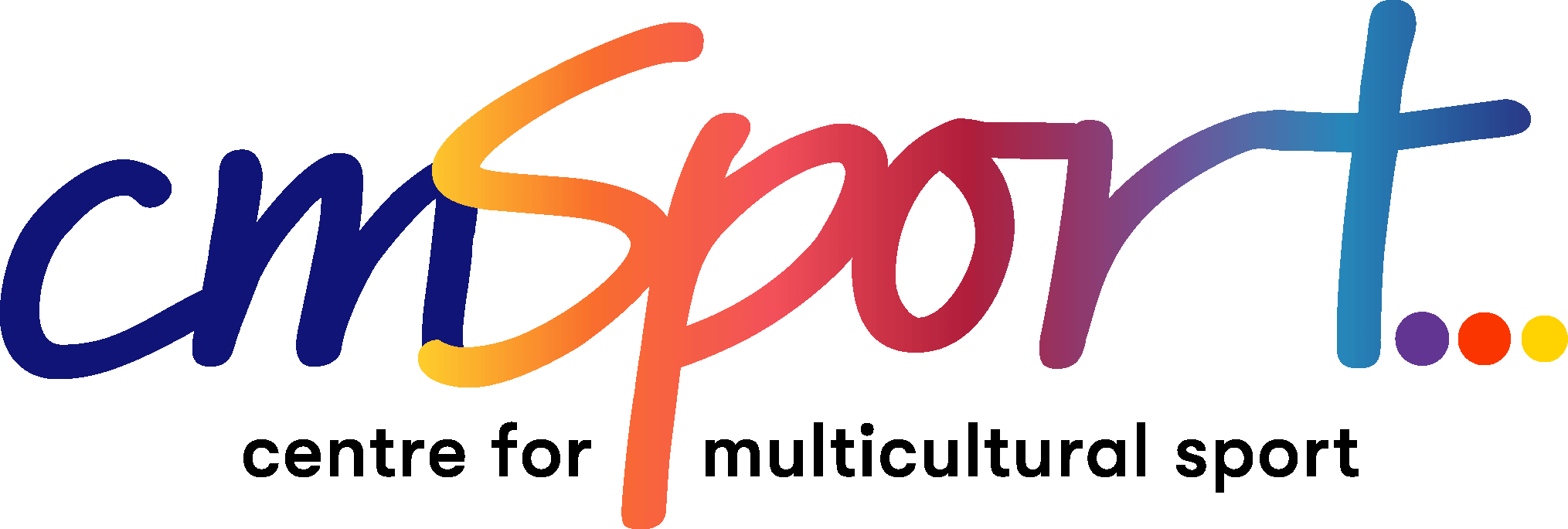January 2023

By Simon Rodder
CMSport is a new initiative from the Centre for Multicultural Youth that aims to support the sport, government, and community sectors to create more welcoming environments for multicultural Australians to be physically active. We are currently working with a range of state and national sporting bodies on projects that identify how policy and practice can be improved. Our direct connection to community can help sport address systemic barriers and create settings that foster a sense of belonging for culturally diverse communities, leading to improved mental and physical health outcomes.
As a country, we have always been proud that Australia is built on cultural diversity, and it’s now official… the majority of Australians come from a multicultural background. Data from the 2021 Census, released by the Australian Bureau of Statistics, shows that the proportion of Australian residents born overseas or who have a parent born overseas has increased to 51.5 per cent[1].
As our demographics change, so too should sport change, across all levels, to ensure everyone is inspired to engage in positive sporting environments.
Sport should reflect our community. When we look at athletes playing on sporting fields, decision makers in committee rooms, or people telling the stories through media, do we see our culturally diverse population reflected? Sadly not.
Sport is an industry and it has the power to shape us throughout our lives, and now is the time for the industry to lead the way by improving access to a sporting world that better reflects our community. From childhood we find our heroes on the sporting field and to quote US activist Marian Wright Edelman: “You can’t be what you can’t see”.
Whilst media attention has been squarely focused on issues of discrimination at the elite level, it is the systemic barriers that culturally diverse communities face when accessing grassroots sport that have the greatest adverse effect. These barriers prevent young people from diverse backgrounds from being active, having fun, and improving their social connections.
At a local level, sports clubs can benefit from cultural diversity and inclusivity in many ways. For example, through increased membership and volunteers, greater club capacity and sustainability, enhanced intercultural awareness, and a stronger connection with local communities.
The same applies for the administration levels of sport, where representation is a key step in improving inclusion. Diverse staff and leaders are essential for creating more equitable opportunities in our community. Existing recruitment practices are limiting the opportunities available that lead to increased diversity.
Australia could look towards the USA in this regard, where proactive measures, such as the Rooney Rule in the National Football League (NFL)[2], have been put in place to ensure minority cultural groups have the opportunity to progress to the interview stage for available jobs. Originating in the NFL, many other sports have adopted these or similar mandates, as well as non-sport leaders such as Facebook.
Some other key steps to improving cultural inclusion across all levels of sport include:
- Recognise that diverse communities aren’t all the same – understand the barriers communities are facing when trying to access sport and authentically work with them early in the process to develop programs and initiatives that suit their unique needs.
- Develop sustainable partnerships – create strategic collaborations between sport, recreation, government, and community organisations that will help build engagement and support program design. Sharing resources and expertise can help to attract more Australians to be active and love sport.
- Commit to programs beyond ‘one-offs’ – establish sustainable and ongoing programs that demonstrate your commitment to working with diverse communities. This will result in improved trust and helps to avoid tokenism.
- Embed cultural inclusion – ensure the strategy, policy, and operation of sport is supported by standing agenda items and regular training opportunities that discuss diversity and inclusion. This will ensure the topic is always in conversations and continuous improvements are made and measured.
- Ensure a unified approach – bring your team along for the ride to help build respect for diversity across the organisation. The diversity and inclusion flag should be hoisted high by the organisation as whole, not waved by one individual
- Change the way you recruit – work with your partners to develop messaging that helps you speak to new and diverse audiences for your next volunteer or paid position drive. This will ensure your organisation thinks differently and starts the process of change to better reflect the community.
The benefits of cultural diversity and inclusivity in sport are significant, the steps, tools and resources to get there exist, now is the time for the sport industry, at all levels, to be the leaders in driving social change and setting the benchmark for all industries.
[1] https://www.abs.gov.au/statistics/people/people-and-communities/snapshot-australia/2021#culturally-and-linguistically-diverse-communities
[2] https://operations.nfl.com/inside-football-ops/inclusion/the-rooney-rule/#:~:text=The%20Rooney%20Rule%20encourages%20hiring,all%20levels%20of%20the%20organization.

